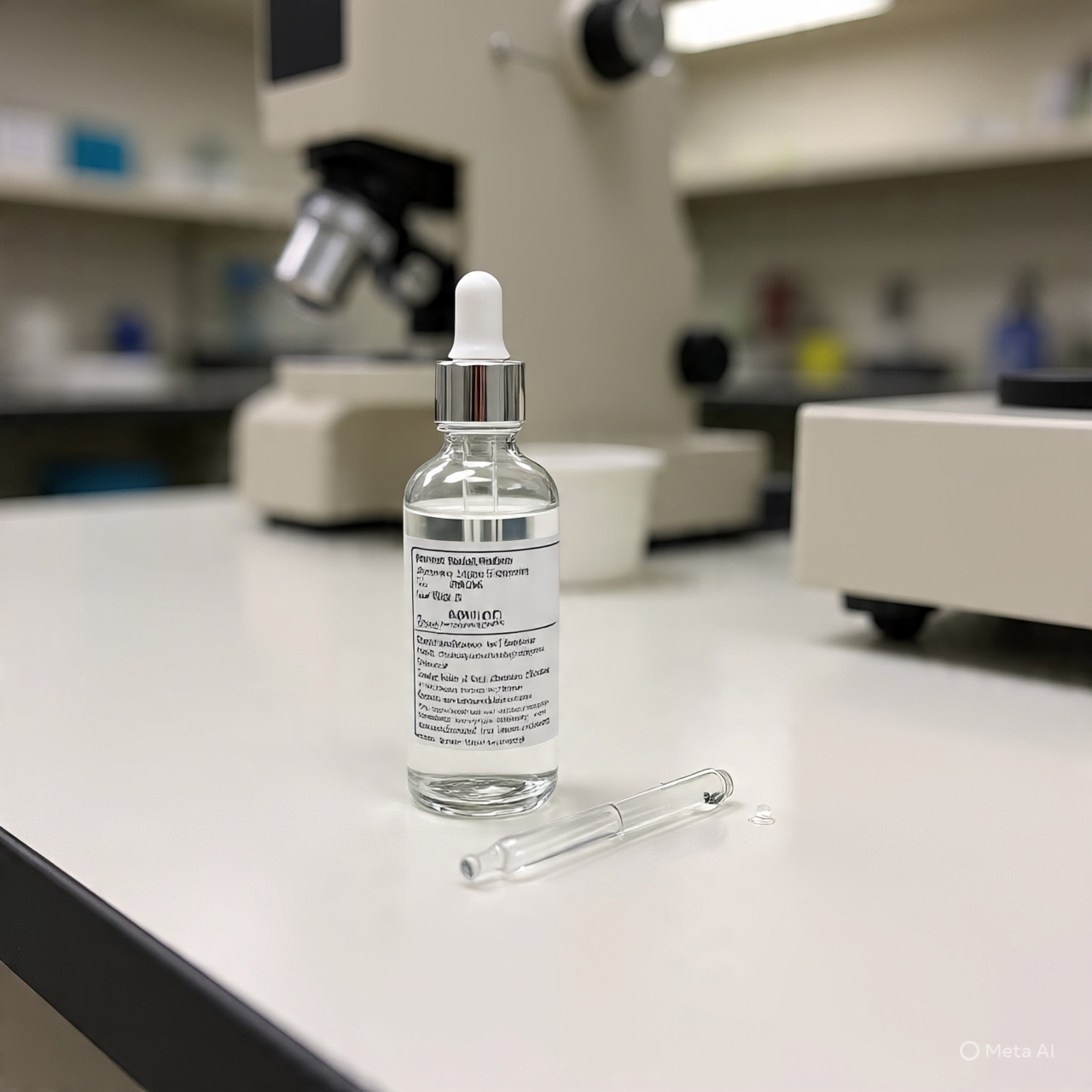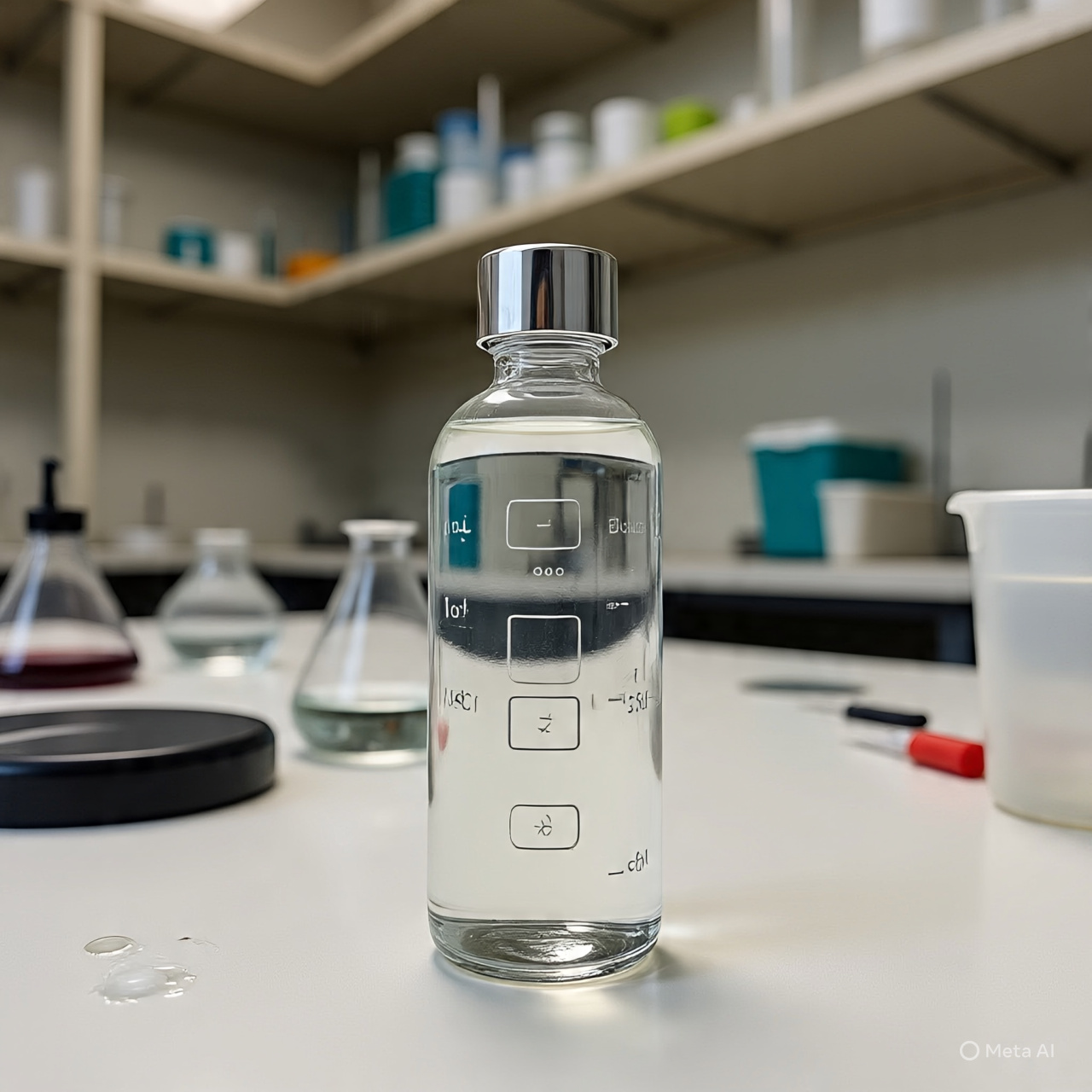🧪 Choosing the Right Emulsifier for Silicone Oil: What Textile Processors Must Know
In textile finishing, silicone oils are widely used to enhance fabric softness, elasticity, and appearance. But without the right emulsifier, these oils won’t perform optimally — leading to issues like phase separation, staining, or uneven finish.
This guide explains how to choose the correct emulsifier for silicone oil, key types, formulation tips, and what every textile processor should consider for long-term performance.
💧 Why Emulsifiers Matter in Silicone Oil Finishing
Silicone oils are hydrophobic (water-insoluble), meaning they must be emulsified into stable, uniform dispersions for application via padding, spraying, or exhaust methods.
A high-quality emulsifier:
- Enables smooth dispersion of silicone oils in water
- Prevents oil separation and floating
- Improves finish consistency on fabrics
- Enhances shelf life and reusability of emulsions
🧪 Types of Emulsifiers for Silicone Oil
1. Nonionic Emulsifiers
- Stable across a wide pH range
- Compatible with both cationic and anionic systems
- Ideal for most textile applications
👉 Best for: General-purpose textile silicone emulsions
2. Cationic Emulsifiers
- Used with amino silicone oils
- Offers soft, smooth, and durable feel on fabric
- Good compatibility with cationic softeners
👉 Best for: Softener emulsions for polyester and synthetics
3. Anionic Emulsifiers
- Less common but used in detergent-based blends
- Offers good dispersing action
👉 Best for: Specific scouring or high-alkaline systems
⚙️ How to Choose the Right Emulsifier
| Factor | What to Consider |
|---|---|
| Type of Silicone Oil | Amino, block, phenyl-modified, etc. |
| Desired Fabric Finish | Softness, antistatic, stretch recovery, shine |
| Processing Method | Padding, exhaust, or spraying technique |
| Machine Conditions | Temperature, shear force, electrolyte stability |
| Compatibility | With other auxiliaries, dyes, and water hardness |
📋 Emulsification Formula (Example)
A typical silicone emulsion might look like this:
Procedure:
- Mix emulsifier with silicone oil at room temp
- Slowly add water under continuous stirring
- Homogenize if needed for micro-emulsions
🧪 Pro Tip: Use high-speed shear mixers for finer emulsions in performance fabrics.
🌍 Sustainability & Compliance
Modern emulsifiers are:
- APEO-free
- Formaldehyde-free
- Biodegradable
- Compliant with OEKO-TEX®, ZDHC, and REACH standards
Choosing a green emulsifier not only improves your end product but also aligns with buyer sustainability expectations.
🔗 Related Products from NeoOrganics
📩 Need Help Choosing the Right Emulsifier?
At NeoOrganics, we offer tailored emulsifier blends for amino, block, and phenyl silicone oils, suitable for all textile applications. Our technical experts help you develop stable, high-performance emulsions for any process.
👉 📧 Contact Us for Formulation Support
👉 📄 Download Emulsifier TDS
👉 🛒 Explore Our Emulsifier Range



